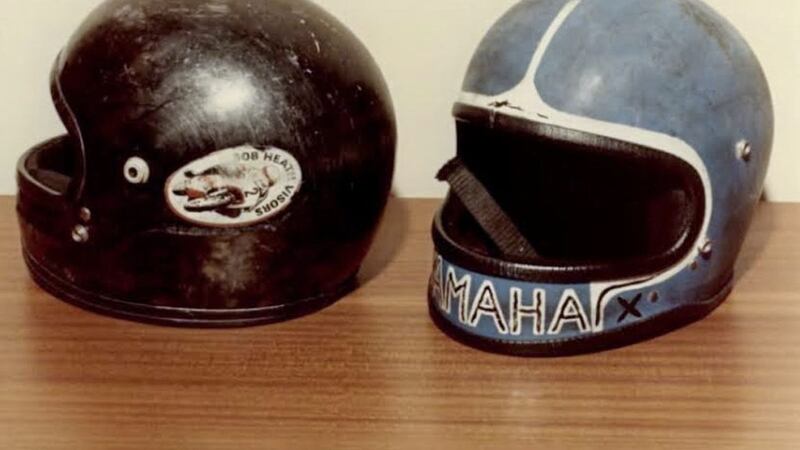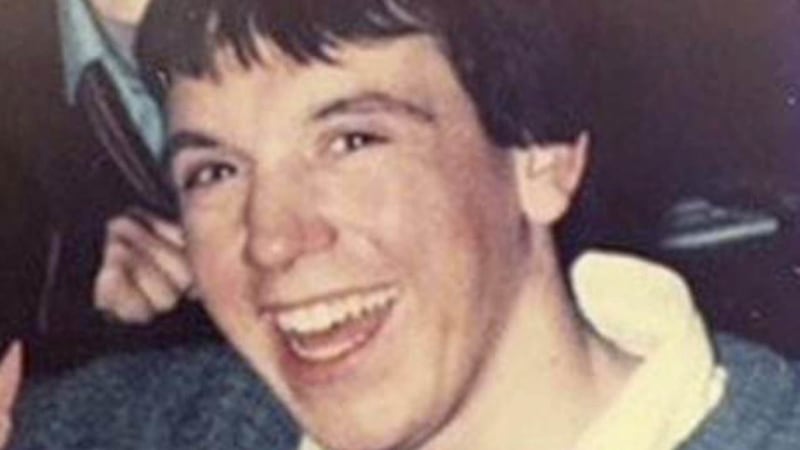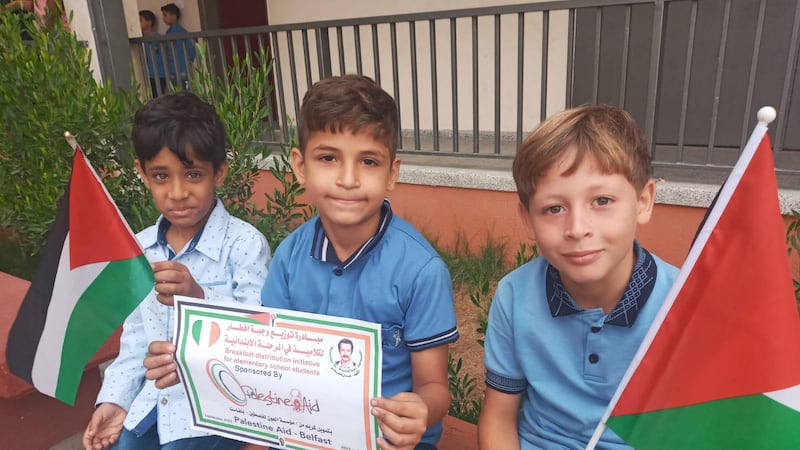AN investigation into the killing of three RUC men in Co Armagh 38 years ago today has made “significant progress”.
Sean Quinn (37), Paul Hamilton (26) and Allan McCloy (34) died when the IRA detonated a landmine at Kinnego Embankment, near Lurgan, on October 27 1982.
The huge explosion blew their unmarked Ford Cortina 70ft into a nearby field and left a crater 15ft deep and 40ft wide.
Two men escaped on a red Honda motorcycle which was later recovered at Francis Street in Lurgan.
There's hope that forensic advances may help the investigation into the killing of 3 RUC officers in a 1982 IRA bomb attack.
— Q Radio News (@qnewsdesk) October 27, 2020
"If you have any information about this awful incident, please do the right thing. Come forward & speak to us," says former Chief Const Jon Boutcher. pic.twitter.com/0waxxyjDVf
Last night new images of the helmets worn by the men were released by investigators.
While nine people have been arrested, no-one has ever been charged with murder.
A new investigation into the circumstances of the attack was launched by retired Bedfordshire police chief Jon Boutcher last year.
Operation Turma was taken on as part of the Kenova series of legacy investigations headed by Mr Boutcher.
He said advances in forensic techniques have helped his team better understand the attack.
“This case demonstrates for me a number of things. Firstly, it shows that even after 38 years there is a significant amount that can be established about what happened,” he said.
“And in this particular investigation we have made significant progress in what happened that day.
“Much of that progress has come from the forensic advances that have been made whereby we have been able to apply today's modern scientific techniques to the exhibits that remain in existence and that were seized at the the time to give us a good understanding how and who committed this crime.”
The RUC men who died left behind three widows and six children, including a baby born after his father's death.
Mr Boutcher said over the years the grieving relatives, who recently visited the scene of the explosion with investigators, had been provided with few details of the attack.
He said former security force members and people in the community have co-operated with his investigation and urged others who can help to come forward.
“When it happened, clearly - and we all understand this - people did not feel confident enough to come forward,” he said.
“Inevitably they would have felt at risk if they had done so.
“But things have changed and now is the time, it's never too late, to come forward and just tell us what you know and we will treat that information and you with great care and sensitivity.
“And we will treat what you tell us with great confidentiality."
Mr Boutcher said it is important to provide answers to grieving relatives.
Speaking on behalf of the families, Kellie Morwood, of Edwards and Company, said: “Anniversaries are always difficult for us. Thirty-eight years on from this cowardly IRA attack, we are still grieving and feel the loss of our loved ones most keenly. For a long time, we believed this appalling terrorist crime would remain unsolved.
“Now, however, with ‘encouraging progress’ achieved, we have been given renewed hope that the culprits will be identified.
“We would echo the appeal made by Mr Boutcher and ask those who know anything about the attack to come forward to help deliver some closure for us.”
In the weeks after the attack, three unarmed IRA men - Sean Burns (21), Eugene Toman (21) and Gervaise McKerr (31) - were shot dead by police in north Armagh in the first alleged 'shoot-to-kill' incident.
Catholic teenager Michael Tighe (17) was also shot dead by the RUC in the same area in November 1982 in controversial circumstances.







